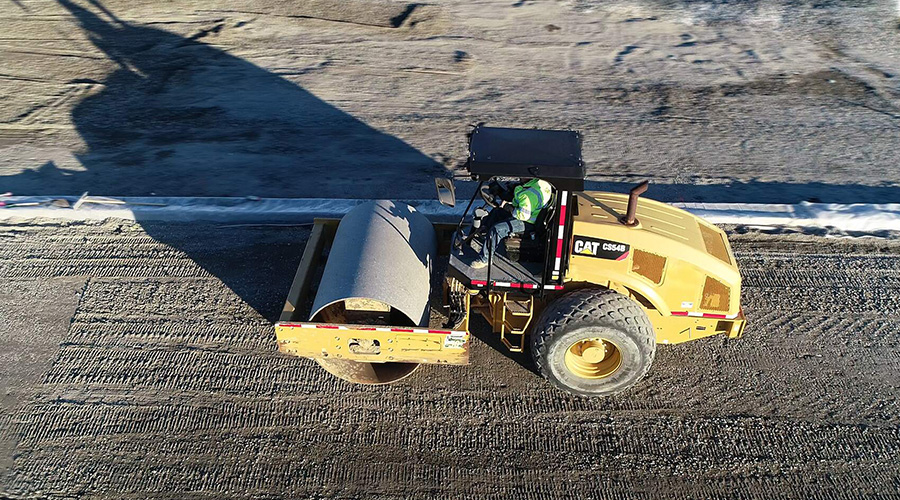 As a result of changes in commercial mower options, managers have more to consider when making purchasing decisions.
As a result of changes in commercial mower options, managers have more to consider when making purchasing decisions.Considerations for Sustainable Mowing
Grounds management has revamped itself in many areas in recent years due to the rise of sustainability, and mowers are no exception.
As with every other aspect of facilities, grounds management has revamped itself in many areas in recent years due to the rise of sustainability, and mowers are no exception. Managers in the market for mowers now must consider several green issues, including fuel efficiency, alternative fuels, emissions and noise.
Topping the priority list for many managers is fuel efficiency related to traditional fuels and alternative fuels, including diesel, gasoline, propane.
“Today’s diesel engines are Tier 4 Final compliant, which means that they comply with the latest emission standards established by the” U.S. Environmental Protection Agency, Ferguson says, meaning “less hydrocarbons and particulate matter in the air we breathe (and) better for the environment and humanity.”
More manufacturers are responding with EFI systems, which use an injector to introduce fuel into the engine.
“More and more engine manufactures have released EFI engine options,” Humphreys says, “The EFI engines provides better fuel economy over a conventional carbureted engine.”
Says Minas, “If (managers are) going to run gas, that’s where EFI becomes more important because you use less fuel, and it tends to burn cleaner.” Managers also remain interested in the potential benefits of alternative fuels.
“The general interest in propane and bio-diesel is up if you compare it to 10 years ago, but over the last five years, it has plateaued,” Minas says. “As gas prices started falling back, the carrot that was being dangled out there for alternative fuels — the biggest one being price — was mitigated quite a bit.
“That said, a lot of our customers who made the transition from gasoline to propane have stuck with it, mostly because the switchover cost is so high. You still see people making he conversion but not at the same rate as three or four years ago.”
Future focus
Advances in mowers are likely to involve expanded use of on-board technology. Minas calls it connectivity, giving managers the ability to oversee an entire fleet of mowers through various applications and management systems and allowing them to monitor across their entire fleet, not just one piece of equipment.
“There will be more demand, and there will be greater capabilities for grounds managers to track their fleets — not only where (the mowers) are at any given time but how efficiently they’re running,” he says. “Telematics, alerts of equipment failures — you’re going to start seeing more of that so managers can have a better idea of the efficiency of their mowers so they can run them as lean as possible.”
On the non-technology side of the mower equation, more managers are likely to adopt the practice of waiting longer between mowing sessions. The practice arose in Europe and started to gain traction in the United States during the economic recession.
“People are mowing less often to save on fuel and labor and a number of things,” he says. “When you go longer between mowing, the job of cutting the grass becomes tougher. Newer large-capacity decks can handle heavier loads. If you go longer between cuts, you need that functionality so you know that the mowers can handle it.
“It started as a cost-saving measure, but it has the side benefit of sustainability. You’re letting turf go more natural. You’re not burning as much fuel. You’re not having crews go out there 35 times a year to mow. They’re only going 20 times a year.”
Related Topics:
















